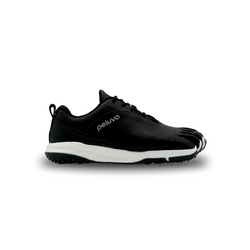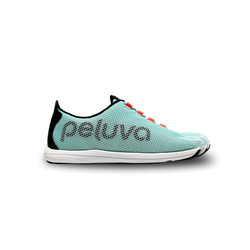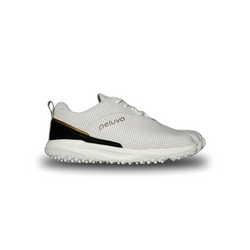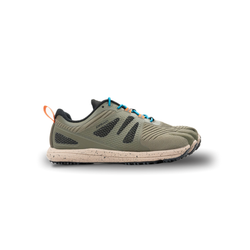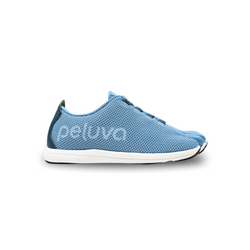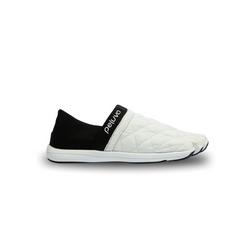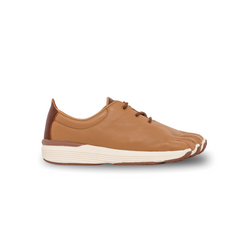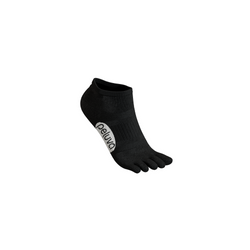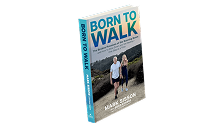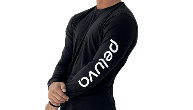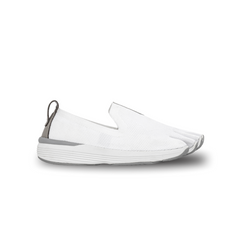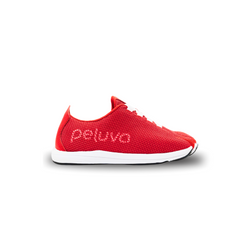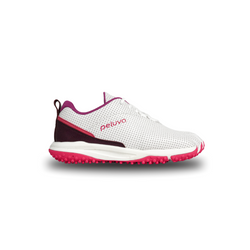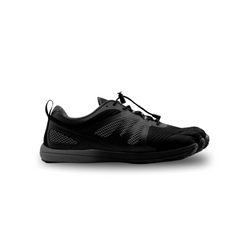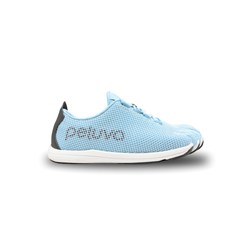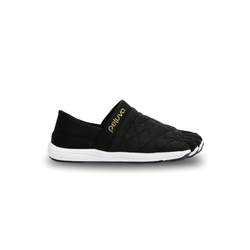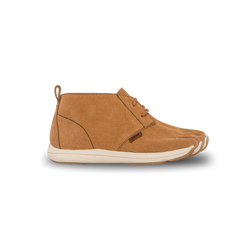We learned in the article Why Shoes Hurt More Than You Realize that shoes do not minimize impact forces, and that the human foot is vastly superior to any shoe for impact absorption, balancing moving bodyweight, and generating forward propulsion. How can this be? Look at all the padding in those super-cushioned running shoes–surely they must provide better protection than a bare foot slamming down onto a sidewalk or running trail? Incredibly, the answer is no! While this is certainly counterintuitive, science strongly validates the idea that impact forces are greatly minimized when running barefoot. There are 26 bones and 33 joints in each foot, many of them sponge-like and designed for impact absorption and propulsion. No wonder DaVinci said, “The human foot is a masterpiece of engineering and a work of art.”
What’s further amazing is research from Dr. Daniel Lieberman at Harvard revealing that there is no difference in impact forces nor injury rates between running barefoot on hard surfaces versus soft surfaces! That’s right, running barefoot down the sidewalk or on a gymnasium floor is no more jarring than running across a manicured grass field. These insights are true because our bodies have incredible kinesthetic awareness to be able to gracefully absorb impact through principles called pre-activation and muscle tuning. Essentially, this means adjusting the stiffness of muscles and connective tissue to most efficiently absorb impact and generate propulsion. Pre-activation and muscle tuning are increased on hard surfaces and minimized (less necessary) on soft surfaces. After a few strides barefoot on a hard surface, we feel the vibration through bones and soft tissue and make intuitive adjustments accordingly. We land with increased lever stiffness and more bend in the ankles and knees (in comparison to landing on soft surfaces) to absorb impact gracefully.
Speaking of high-tech advancements in shoe technology and today’s ultra-lightweight, highly resilient EVA foam soles with embedded carbon plates, guess what? The foot still comes out ahead of the best shoes for impact absorption. Our heels and midfoots contain closely-packed pressure chambers filled with fibro-fatty tissue that are surrounded by elastin and collagen fibers. These chambers act as incredibly efficient shock absorbers and also provide exceptional stability by holding their shape even as you absorb impact forces and distribute bodyweight in the course of running, jumping, or other athletic movement. If you have never tried running barefoot on a hard surface, take a handful of strides down a clean and safe strip of smooth pavement or indoor floor and you will immediately realize the miracle of barefoot running. We’re not talking about running your next 5k unshod, but take enough strides to feel how well you quickly attune to correct form and lever stiffness to absorb impact and propel gracefully.
Why then, do we put on a pair of super cushioned shoes and feel so comfortable floating down the street? The main reason is because shoes cut off your proprioception (aka, “kinesthetic awareness”)—your awareness of the positioning, force production, movement patterns, and weight distribution of your limbs and trunk moving through space. In cushioned shoes, you deactivate the incredibly dense sensory nerves on the bottom of your feet (one of the most nerve-dense areas in the entire body; hence acupressure’s focus on the soles), and disconnect your feet and ankles from their important role in initiating and stabilizing kinetic chain activity throughout the body. If you have form imperfections minor or major, you simply cannot realize how shitty your form is in big shoes. The shoes make each of your jarring, less efficient foot strikes feel “comfortable,” while your feet aren’t required to do their intended job, and everything above the ankle absorbs more load than naturally necessary.
